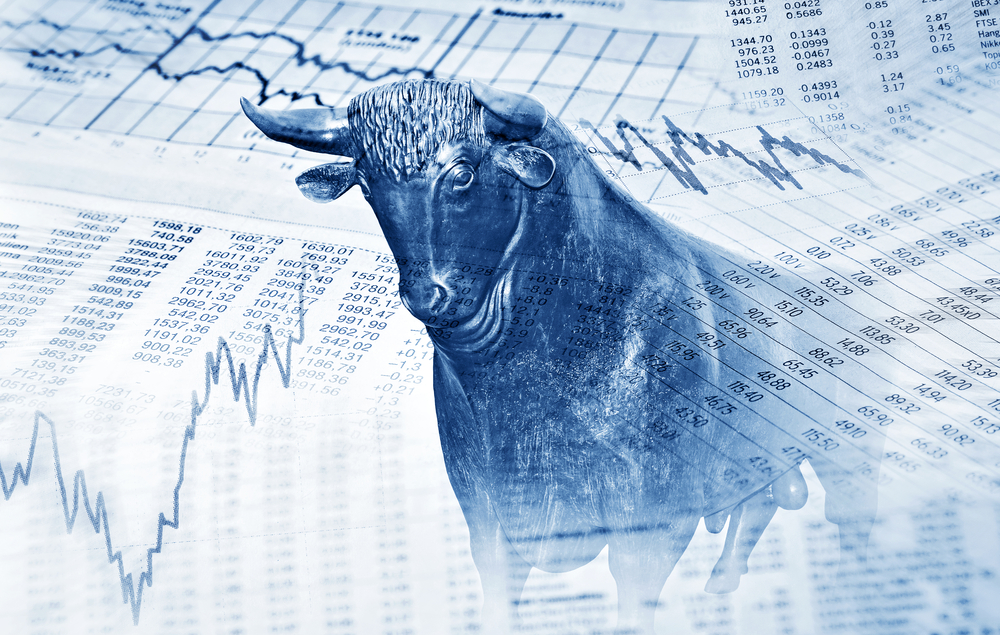ETF investors are readying their portfolios for a comeback year in the bond market as attractive yields and rising recession risks entice traders back into fixed income.
According to data from Bloomberg Intelligence, fixed income ETFs in Europe have seen €29.2bn inflowsso far this year, as at 7 December, accounting for approximately a third of total net new assets.
The strong demand has been despite one of the worst years in bond market performance on record with yields spiking dramatically as rampant inflation wreaked havoc across global economies.
This sharp rise in yields – the 10-year US Treasury touched as high as 4.2% in late November – has driven a pick-up in demand for fixed income ETFs, especially in the corporate bond space in recent months.
Highlighting this, the iShares Core € Corp Bond UCITS ETF (IEAC) has seen $2.3bn inflows over the past two months while investors have poured $881m into the iShares € Corp Bond SRI UCITS ETF (SUOE).
Over the same period, the iShares $ Corp Bond UCITS ETF (LQDE) and the iShares $ Corp Bond ESG UCITS ETF (SUOA) have seen a combined $1bn inflows while short-duration corporate bond and high yield ETFs have also been in recent demand from European investors.
Marc Seidner, CIO non-traditional strategies at PIMCO, said the increasing likelihood of a recession make bonds a “fundamental” part of any investor’s asset allocation heading into next year.
“Although yields could still rise further, we think the steepest part of the increase may be behind us,” Seidner continued. “Bonds are poised to offer increasingly attractive real – or inflation-adjusted – yields if central banks are able to get inflation back closer to their target levels.”
In particular, he said short-duration US Treasuries, which are currently yielding 4.3%, are attractive given the lack of exposure to credit or interest rate risk.
Futures markets are forecasting the Federal Reserve will raise rates to almost 5% by the middle of 2023 before being forced to cut by 50 basis points (bps) in December, as predicted by Deutsche Bank.
“We still expect volatility to persist across markets through year-end and potentially into 2023. But with the attractive valuations and higher yields available across fixed income sectors today, investors who have been struggling just to play defence this year may have increasing cause for optimism.”
His views were echoed by Ben Seager-Scott, head of multi-asset funds at Evelyn Partners, who said the increasingly negative economic outlook combined with spiking yields has created an environment where bonds are now a more favourable asset allocation play.
“Bond prices could of course fall further if inflation keeps on rising into 2023, but we believe that while it will remain high, inflation will come off its peak,” he said.
“Shifting valuations, particularly in bond markets, have changed the risk/reward dynamics for investors. And this shift could demand nuanced alterations to investors’ asset allocation.”
Fixed income has done little to shield investor portfolios this year, however, it is vital not to discount the asset class entirely, especially in the current market environment.
ETFs have been an efficient asset allocation tool which has been a key driver behind the significant inflows at the expense of mutual funds in 2022. It is unlikely 2023 will be any different.
Related articles






